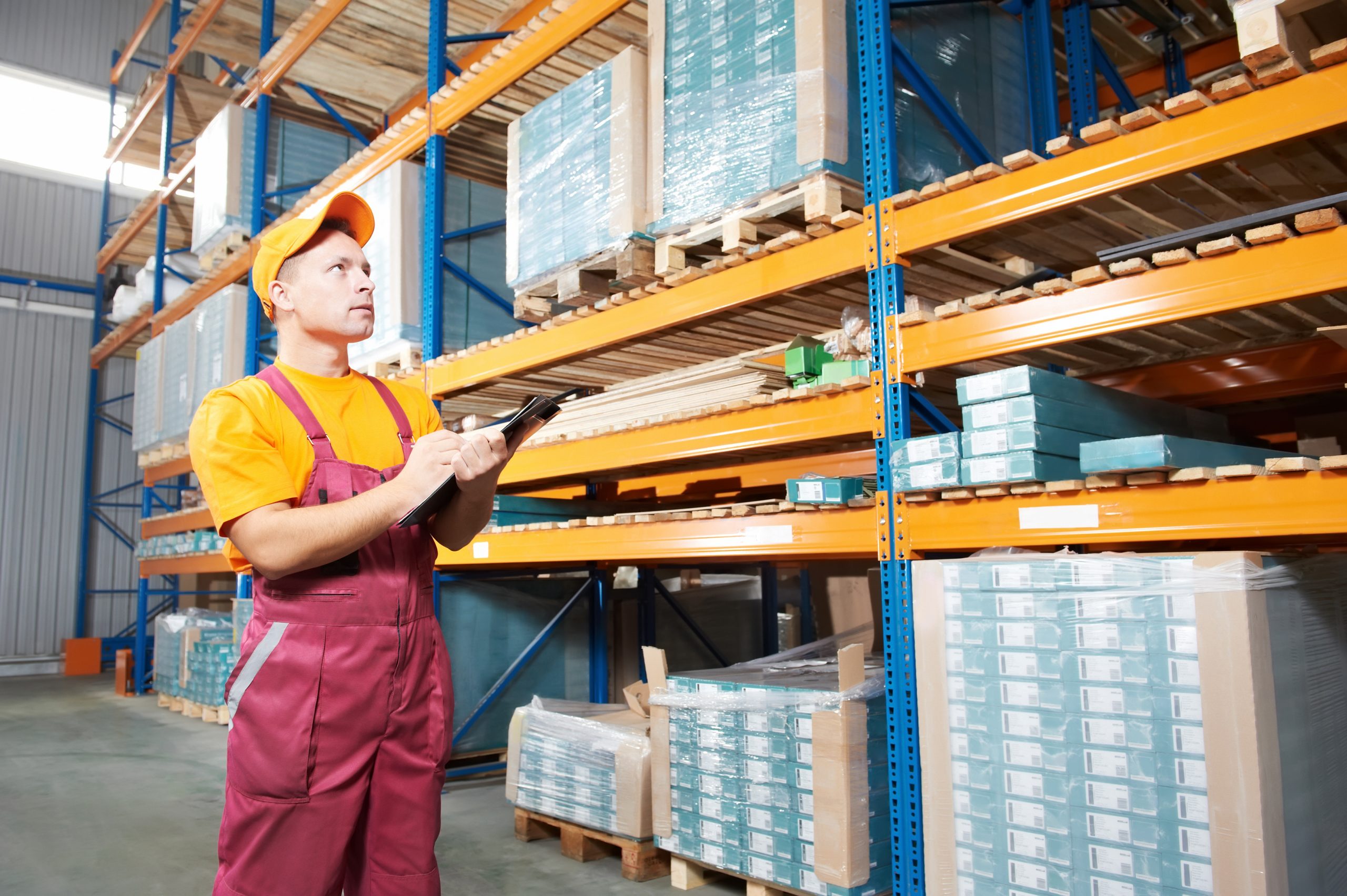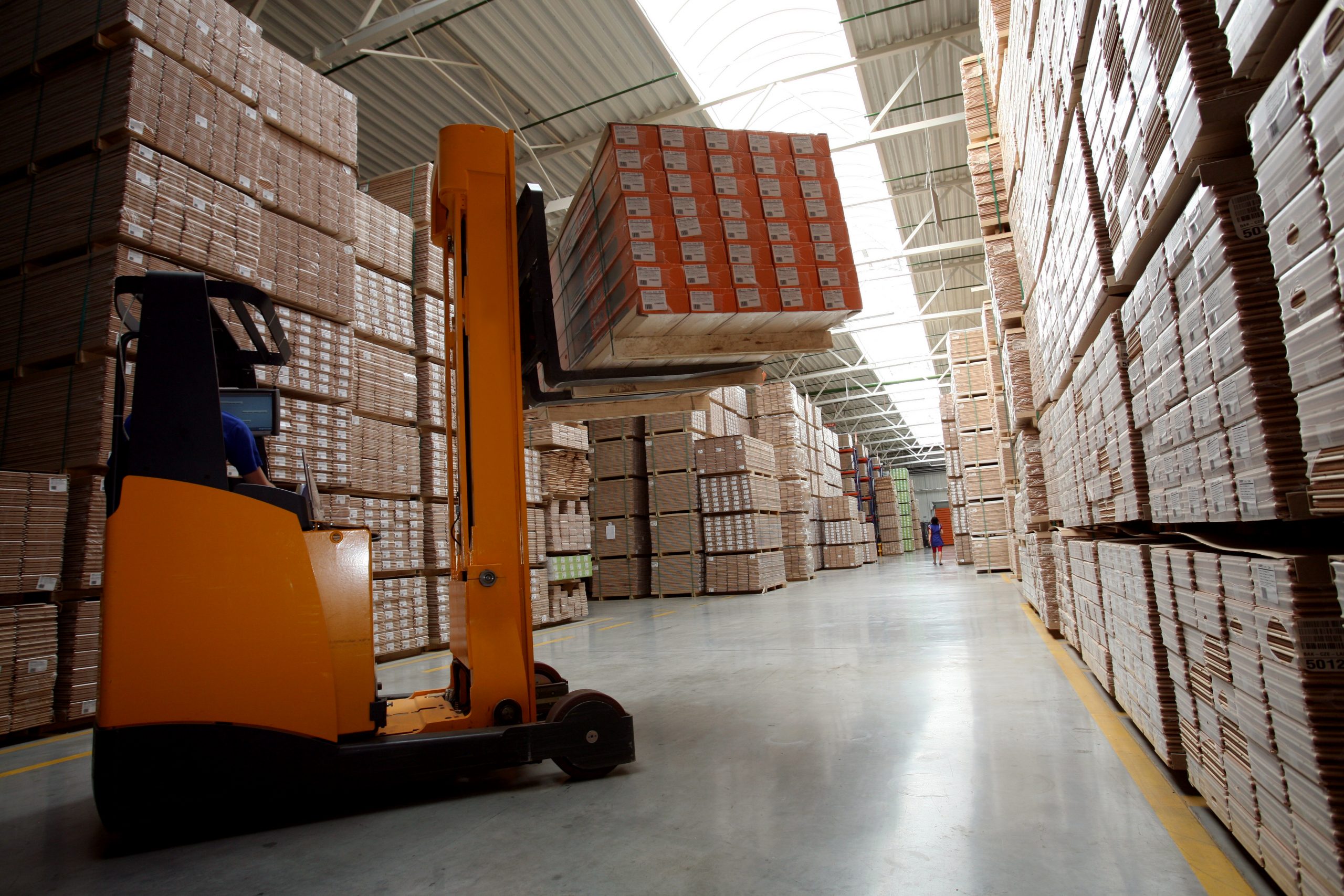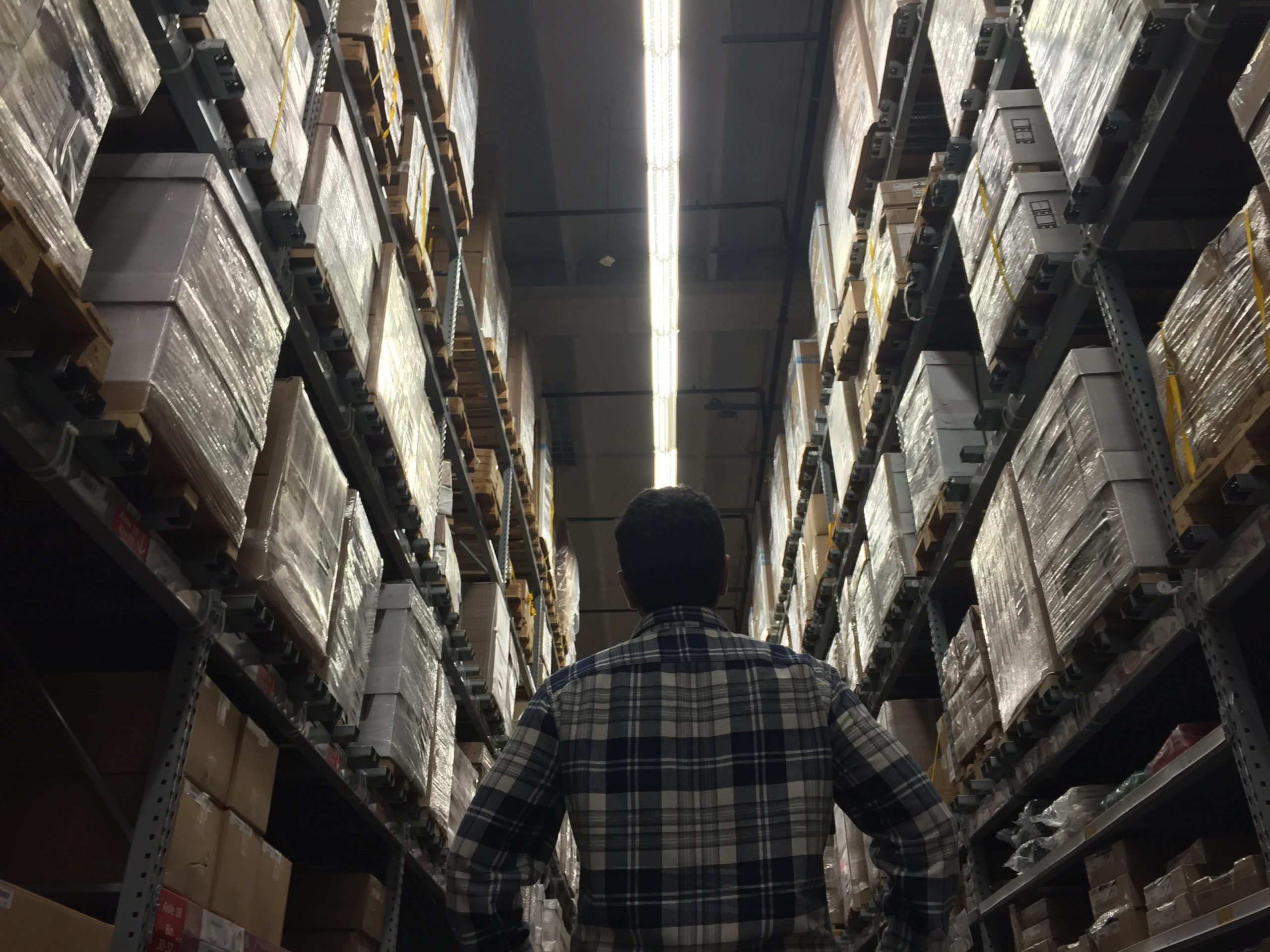Does The SEMA Code of Practice Account for Mental Health?
The aim of the SEMA Code of Practice is to help end users of racking to be safe, so mental health should be a part of this.
The advice from the SEMA Code of Practice advice is echoed and informed by HSE (the official UK government body for health and safety in the UK) and the two organisations have an intimate relationship. However, despite the relationship between the two, mental health is an issue where the two organisations differ by some margin.
For HSE, mental health considerations in its legislation and recommendations are an important part of delivering on the government’s promise of a “parity of esteem” between mental and physical health. This is why HSE offers advice on dealing with mental stress at work in HSE INDG424, alongside advice on warehouse safety in HSE HSG76. Both guides are available for free from the HSE website. To HSE, the two kinds of safety are just as important.
By contrast, on the SEMA website, there are no free resources on mental health. The SEMA Code of Practice is available for download for a price, but none of the free technical bulletins contain any advice on mental health. To understand why this is, it’s important to understand how the idea of a parity of esteem between mental and physical health came about.
Parity of Esteem
Since the British government announced a parity of esteem between mental and physical health in its 2011 report, No Health Without Mental Health, scrutiny for living up to this idea has fallen on private organisations as well as government ones. In 2012, the term was even enshrined into law; the Health and Social Care Act 2012 emphasised a legal requirement for a parity of esteem between mental and physical care.
For British people, the phrase parity of esteem has become an expression which means more than just the government’s efforts to achieve an equal treatment of mental and physical health. Rather, parity of esteem refers to the larger goal of making sure that mental and physical health are treated equally within society.
What began as internal government vocabulary for tackling a specific issue has become an expression which, to the general public, is about changing ideas as well as policy.
HSG76 Features Mental Health More Than the SEMA Code of Practice
Because parity of esteem began as a government idea, it’s unsurprising to discover that mental health considerations are a big part of HSE HSG76. It’s less prevalent in the SEMA Code of Practice, but there is reason for this.
The SEMA Code of Practice does not focus on injury, illness, or health (mental or physical). It focuses specifically on storage systems. In other words, the SEMA Code of Practice is not concerned with people; it is concerned with racking.
This is because it isn’t a document for the general public. It’s a document which offers advice on the technical aspects of racking use specifically for warehouse owners, racking system end users, or anyone else who the CDM Regulations would consider a “client”. The SEMA Code of Practice is also a document which SEMA approved racking inspectors are expected to understand and apply to their own work where possible.
HSE HSG76, by contrast, is a document for the general public. It’s for employers, employees and anyone interested in HSE’s stance on warehouse safety. Consequently, it is concerned with the wellbeing of people more than it is with helping people to understand the intricacies of racking equipment use.
Because warehouse owners are expected to read the two documents together, the SEMA Code of Practice mentions mental health a lot less than HSE HSG76. The latter is expected to be used as a reference for warehouse safety in general while the former focuses specifically on racking use.
As a final point, while HSE HSG76 makes several useful observations about mental health and workplace stress, it directs readers to HSE INDG424. This latter guide goes into workplace mental health in more detail. Health and safety guides are about directing readers to the best experts. SEMA is not an expert resource on mental health and it doesn’t pretend to be, so its mental advice is sparse. For a comprehensive guide to workplace mental health, HSE INDG424 is the best place to go.
For racking inspection services which adhere to the SEMA Code of Practice and HSE recommendations, contact Storage Equipment Experts today.










